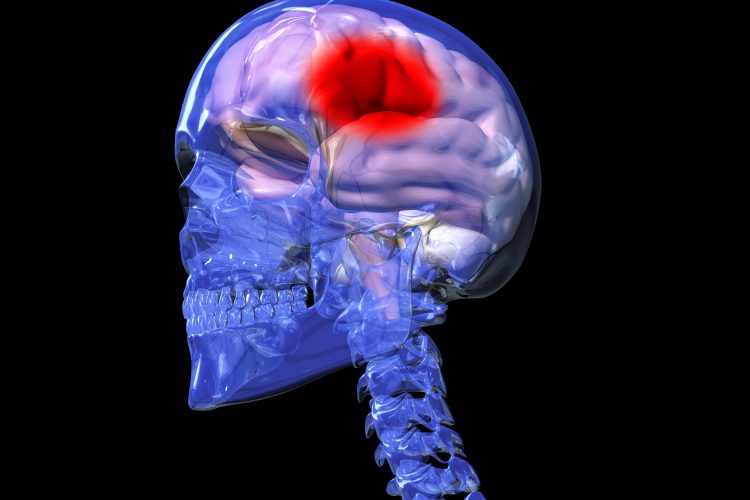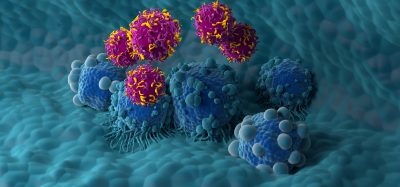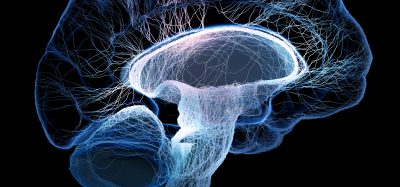Transplanted reprogrammed skin cells repair stroke-damaged rat brains
Posted: 9 April 2020 | Hannah Balfour (Drug Target Review) | No comments yet
Skin cells reprogrammed into nerves and transplanted into the stroke-damaged rat brains formed functional connections that restored mobility and touch sensation.


Researchers have translated reprogrammed human skin cells into the brains of stroke-afflicted rats. The reprogrammed cells became nerves that repaired the connectivity of the brain to restore mobility and sensation of touch.
“Six months after the transplantation, we could see how the new cells had repaired the damage that a stroke had caused in the rats’ brains,” said Professor Zaal Kokaia, from the Division of Neurology at Lund University, Sweden.
In their previous work Professor Kokaia, senior professor Olle Lindvall and researcher Sara Palma-Tortosa had shown that it was possible to transplant nerve cells derived from human stem cells or from reprogrammed cells into the brains of rats afflicted by stroke. However, their latest study proved that the transplanted cells can form connections correctly in the rat brain in a way that restores normal movement and feeling.
“We have used tracking techniques, electron microscopy and other methods, such as light, to switch off activity in the transplanted cells, as a way to show that they really have connected correctly in the damaged nerve circuits. We have been able to see that the fibres from the transplanted cells have grown to the other side of the brain, the side where we did not transplant any cells and created connections. No previous study has shown this,” explained Kokaia, who, after decades of studying the brain, is surprised by the results.
Lindvall continued: “It is remarkable to find that it is actually possible to repair a stroke-damaged brain and recreate nerve connections that have been lost. The study kindles hope that in the future it could be possible to replace dead nerve cells with new healthy nerve cells also in stroke patients, even though there is a long way to go before achieving that.”
In their experiments, the researchers took human skin cells that had been reprogrammed into nerve cells in the lab and transplanted them into a region of the rat cerebral cortex. This part of the brain is most often damaged by strokes.
The team now intend to investigate further. Kokaia concluded: “We want to know more about how the transplanted cells affect the opposite hemisphere of the brain. We also want to take a closer look at how a transplant affects intellectual functions such as memory. In addition, we will study possible side effects. Safety is, of course, extremely important for cell transplantation if it is going to be used clinically in the future.”
The paper was published in PNAS.
Related topics
Disease Research, Neurons, Neurosciences, Regenerative Medicine, Research & Development, Therapeutics
Related conditions
Stroke
Related organisations
Lund University
Related people
Olle Lindvall, Professor Zaal Kokaia, Sara Palma-Tortosa







